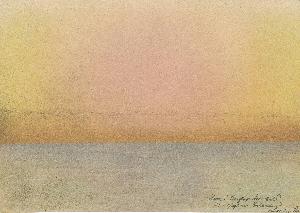Karl Johann Hermann Kiessling
Karl Johann Hermann Kiessling;Karl Kiessling
Place: Culm (Today Chełmno
Born: 1839
Death: 1905
Biography:
Early Life and Education
Karl Johann Hermann Kiessling was born on February 6, 1839, in Culm, which is now part of Poland. He studied at Göttingen University, where he became a member of the Burschenschaft Hannovera fraternity. This education laid the foundation for his future career as a physicist, mathematician, and botanist. Career
Karl Johann Hermann Kiessling's work as a physics teacher had a significant impact on his students. He taught them various subjects, including physics, chemistry, mathematics, and natural science. His experience in these fields helped him develop a deep understanding of the natural world and its phenomena. Contributions to Science
Karl Johann Hermann Kiessling's experimental results were successful and advanced theories of meteorology as well as contributed to the development of the cloud chamber used in particle physics to detect paths of radioactive particles. This work demonstrates his dedication to understanding the natural world and his contributions to the scientific community.
Legacy
Karl Johann Hermann Kiessling's work as a physicist, mathematician, and botanist has left a lasting impact on the scientific community. His contributions to our understanding of the natural world have paved the way for future generations of scientists. Important figures like Karl Johann Hermann Kiessling have helped shape our understanding of the world and its phenomena. The Wikioo.org website provides a platform for art lovers to appreciate and learn about various artists, including Karl Johann Hermann Kiessling. The Museum Heinz Kisters Collection in Kreuzlingen, Switzerland, is another example of a museum that showcases a wide range of artistic movements. The Wikioo.org website offers a variety of artworks, including paintings by Carl Blechen, Raja Ravi Varma, and many others. In conclusion, Karl Johann Hermann Kiessling's life and work serve as an inspiration to art lovers and scientists alike. His contributions to the scientific community have paved the way for future generations, and his legacy continues to be celebrated through the Wikioo.org website.

